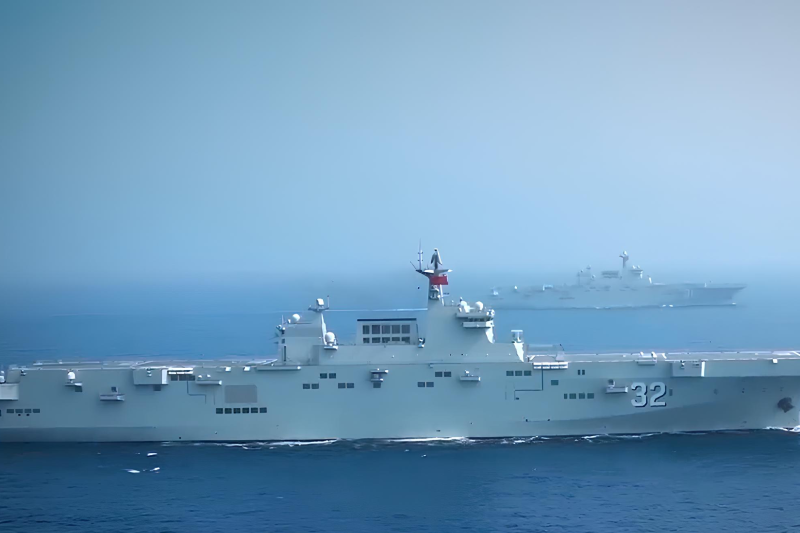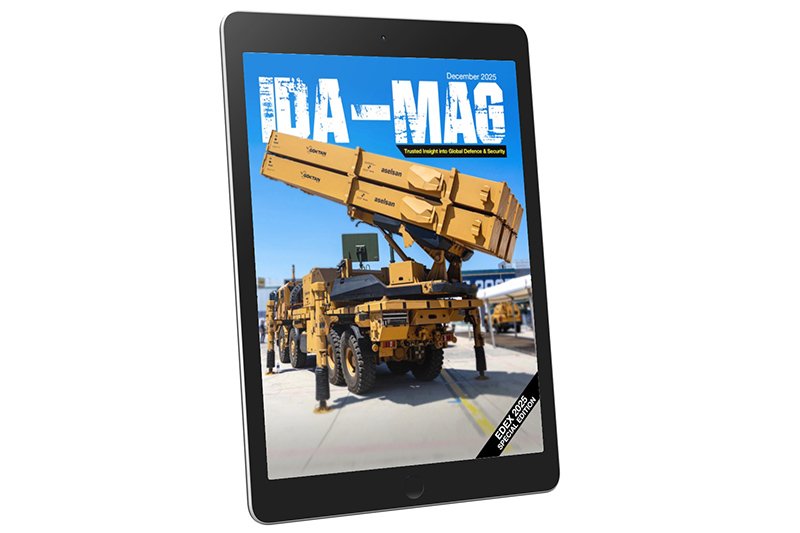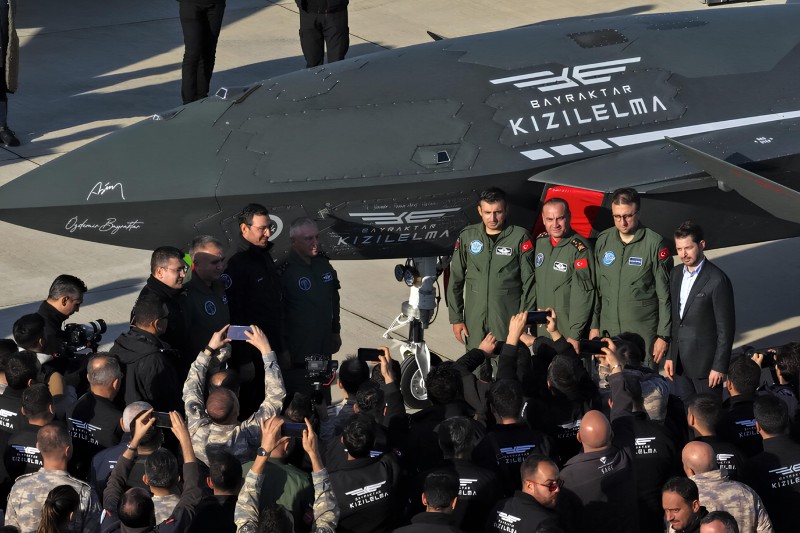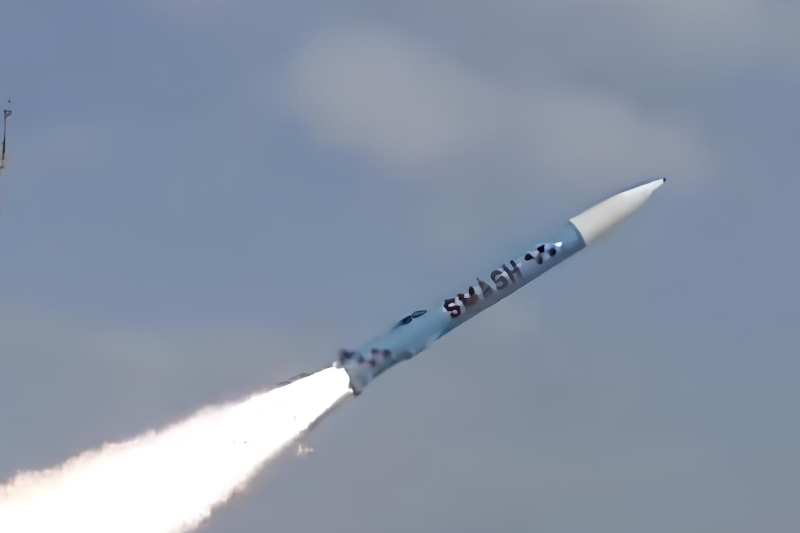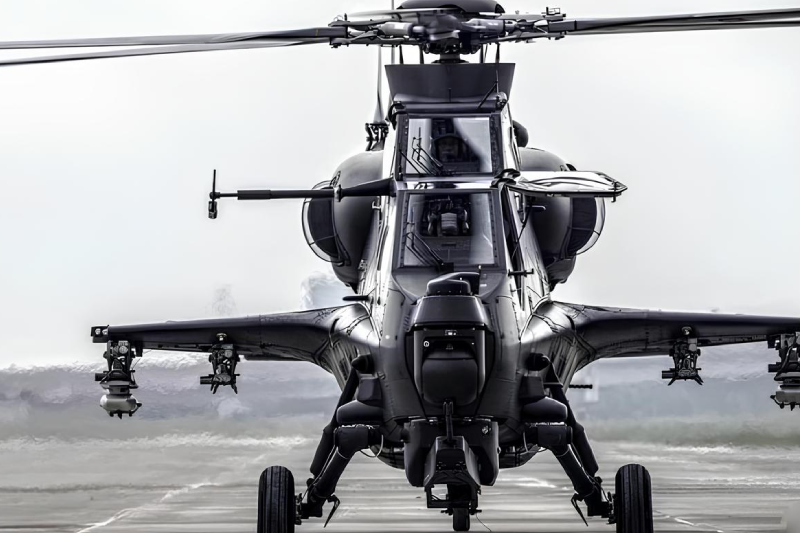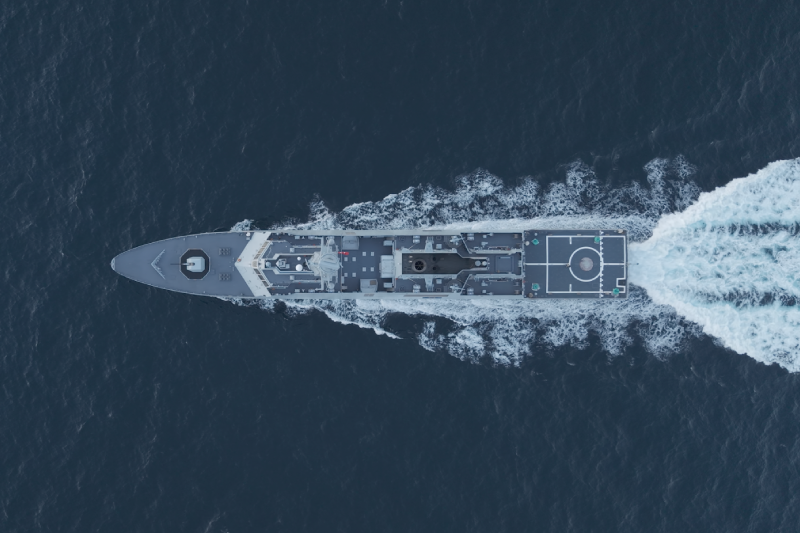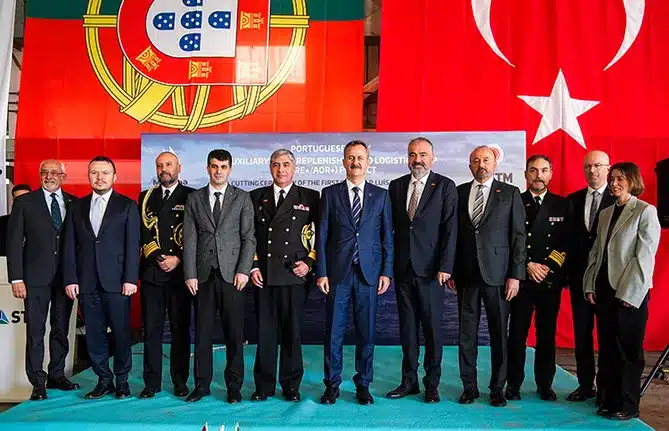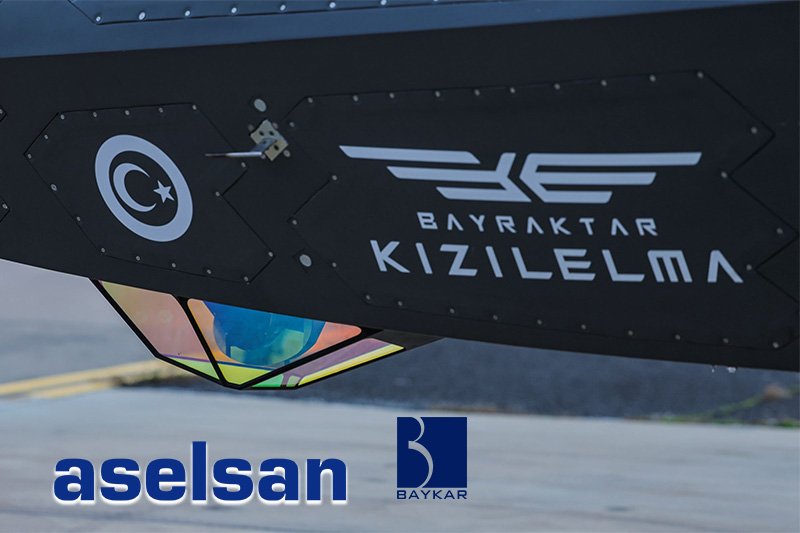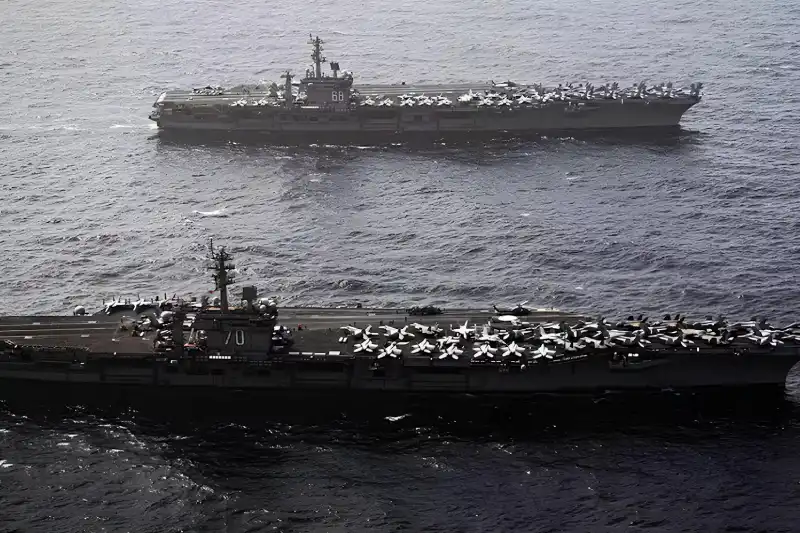US Navy Supercarriers Conduct Joint Operations in Middle East
The U.S. Navy has deployed two of its most powerful warships to the Arabian Sea, marking a significant escalation in American naval presence in the Middle East. The USS Carl Vinson and USS Nimitz, both Nimitz-class supercarriers, conducted joint operations in July 2024, demonstrating America’s unmatched ability to project power across global waters.
Historic Naval Deployment in the Arabian Sea
The U.S. Navy released official imagery on July 5th showing both supercarriers maneuvering together in the Arabian Sea. This rare dual-carrier operation represents one of the most significant naval deployments to the region in recent years. The Carl Vinson, currently experiencing one of its longest deployments, was joined by the Nimitz in what military analysts describe as a clear message of force projection capabilities.
The strategic positioning of these vessels in Middle Eastern waters sends a powerful signal to regional allies and adversaries alike. Both carriers operate with full air wings, creating a floating airbase capable of conducting sustained military operations across vast distances.
USS Carl Vinson: San Diego’s Pride
Homeported in San Diego, California, the USS Carl Vinson stands as the third ship of the legendary Nimitz class. When fully embarked with its complete air wing, this nuclear-powered giant operates more than 60 fixed-wing and rotary aircraft. The carrier’s air wing includes F/A-18 Super Hornets, E-2 Hawkeyes, and various support aircraft that transform the vessel into a mobile air force.
The Carl Vinson’s current deployment represents a significant commitment of naval resources to the Middle East region. The carrier’s presence alone can alter the military balance in any theater of operations, providing commanders with unprecedented flexibility in response options.
USS Nimitz: The World’s Oldest Active Supercarrier
The USS Nimitz holds the distinction of being both the lead ship of its class and the oldest active aircraft carrier in the world. Commissioned in 1975, this legendary vessel was named after Fleet Admiral Chester W. Nimitz, the brilliant commander who led U.S. naval forces in the Pacific during World War II.
Despite its age, the Nimitz remains one of the most capable warships ever constructed. Regular upgrades and modernization programs have kept this vessel at the cutting edge of naval technology, ensuring it remains relevant in modern naval warfare scenarios.
Nimitz-Class: The World’s Most Powerful Warships
The Nimitz-class aircraft carriers represent the pinnacle of naval engineering and military capability. With a displacement exceeding 100,000 tons and stretching over 1,090 feet in length, these nuclear-powered behemoths function as floating airbases capable of projecting power anywhere on Earth.
Each vessel typically embarks around 64 aircraft as part of its carrier air wing. These strike fighters, reconnaissance aircraft, and support planes provide the carriers with precision strike capabilities, air superiority, and intelligence gathering that rival the entire air forces of most nations.
Nuclear Power: Unlimited Range and Endurance
The true power of Nimitz-class carriers lies in their nuclear propulsion systems. Each vessel is propelled by two Westinghouse A4W nuclear reactors that generate an impressive 260,000 shaft horsepower. This enormous power enables the carriers to sustain speeds exceeding 30 knots while operating continuously for 20 to 25 years without requiring nuclear fuel replacement.
This incredible endurance gives the U.S. Navy unparalleled operational reach, enabling rapid deployment to global hotspots without the logistical constraints of conventional fuel resupply. The carriers can maintain a station in contested waters for months, providing a sustained military presence wherever needed.
Advanced Flight Operations Systems
Flight operations aboard Nimitz-class carriers are supported by sophisticated CATOBAR (Catapult Assisted Take-Off But Arrested Recovery) systems. This technology allows these supercarriers to launch and recover a much broader range of heavier and more capable aircraft compared to the STOVL (Short Take-Off and Vertical Landing) systems used on smaller carriers.
Launch and recovery operations are facilitated by powerful steam catapults and precision arrestor wire systems. Advanced radar installations and landing aid systems ensure high-tempo sortie generation, allowing the carriers to maintain continuous air operations around the clock.
Comprehensive Defense Systems
These supercarriers don’t rely solely on their air wings for protection. Defensive systems include Sea Sparrow surface-to-air missiles, Rolling Airframe Missiles for close-in defense, and the famous Phalanx Close-In Weapons System (CIWS) for last-ditch protection against incoming missiles.
Electronic countermeasures and sophisticated radar systems provide layered defense against modern missile threats. These defensive capabilities ensure the carriers can operate in contested environments while maintaining their offensive capabilities.
Also Read This: Turkish Navy Showcases Advanced TCG Gelibolu Frigate Capabilities
Diplomatic and Humanitarian Roles
While designed primarily for combat operations, Nimitz-class carriers serve crucial diplomatic and humanitarian functions. These vessels regularly provide disaster relief capabilities, delivering aid and support to regions affected by natural disasters. Their presence can also serve as a deterrent, helping to maintain regional stability through the demonstration of American naval power.
The current deployment of both Carl Vinson and Nimitz to the Middle East exemplifies this dual role, providing both military capability and diplomatic messaging to regional partners and potential adversaries. This joint operation demonstrates America’s continued commitment to maintaining naval superiority and protecting its interests worldwide.
Keep connected with us at Facebook, Twitter, YouTube, Instagram & TikTok for the latest defense happening around the globe.
Discover more from International Defence Analysis
Subscribe to get the latest posts sent to your email.


